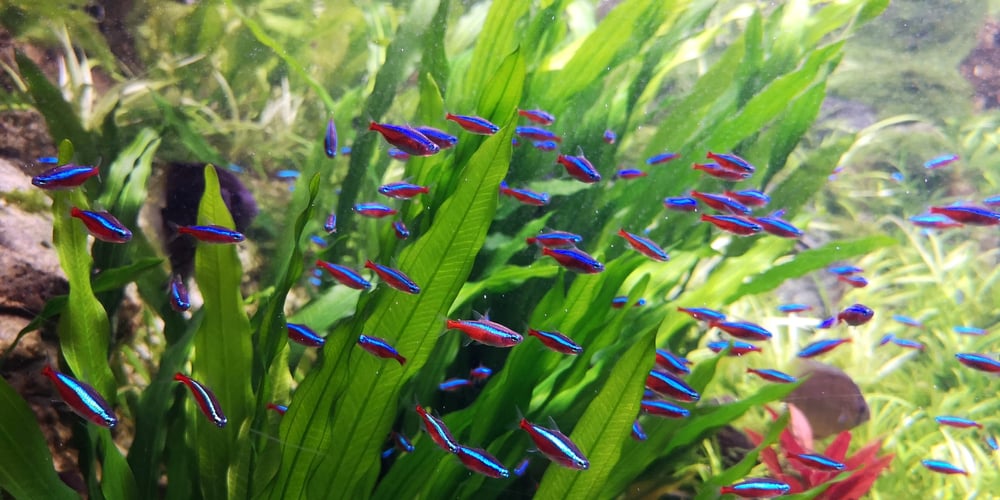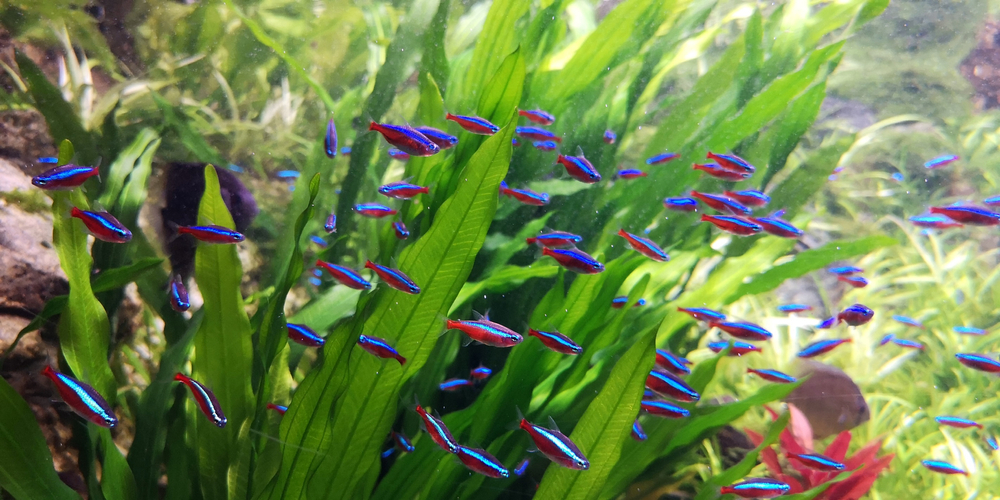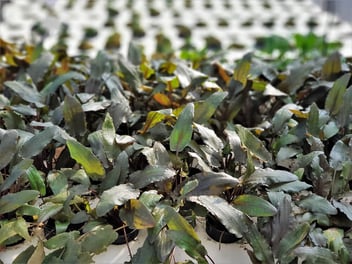
Creating a vibrant and healthy aquarium goes beyond just adding water and fish. A key aspect of a successful and sustainable aquarium is biodiversity. This involves incorporating a variety of plants, fish, and microorganisms that work together to create a balanced and resilient ecosystem. Here’s how you can enhance biodiversity in your aquarium and why it’s crucial for the health of your aquatic environment.
Understanding Biodiversity in Aquariums
Biodiversity refers to the variety of living organisms within a particular habitat. In an aquarium, this includes different species of fish, invertebrates, plants, and beneficial bacteria. Each component plays a specific role in maintaining the overall health of the ecosystem.
Benefits of Biodiversity
-
Enhanced Stability: Diverse ecosystems are more resilient to changes and disruptions. If one species is affected by disease or environmental changes, others can compensate, maintaining overall stability.
-
Improved Water Quality: Different plants and microorganisms contribute to natural filtration processes, breaking down waste products and keeping water conditions optimal for all inhabitants.
-
Natural Behavior: Fish and other aquatic creatures exhibit more natural behaviors in a biodiverse environment, leading to reduced stress and better health.
-
Aesthetic Appeal: A variety of plants and animals create a visually stunning and dynamic aquarium that is a joy to watch.
Steps to Enhance Biodiversity in Your Aquarium
-
Diverse Plant Life: Incorporate a mix of foreground, midground, and background plants. Plants like Anubias, Java Ferns, and Amazon Swords offer different textures and heights, providing shelter and breeding grounds for fish.
-
Variety of Fish: Choose fish species that occupy different levels of the tank (bottom dwellers, mid-level swimmers, and surface dwellers). Ensure compatibility to avoid aggression and overcrowding.
-
Invertebrates: Add snails, shrimp, and other invertebrates. They help with cleaning by consuming algae and detritus, contributing to a cleaner tank.
-
Beneficial Bacteria: Establish a healthy colony of nitrifying bacteria to break down ammonia and nitrites. Use a biological filter and avoid over-cleaning the tank, which can disrupt bacterial colonies.
-
Microhabitats: Create microhabitats within the tank using rocks, driftwood, and plants. These structures provide hiding spots and breeding areas for different species.
Maintaining Biodiversity
- Regular Monitoring: Keep an eye on water parameters and make adjustments as needed. Regularly test for ammonia, nitrites, nitrates, pH, and temperature.
- Balanced Feeding: Provide a varied diet that meets the nutritional needs of all your aquatic inhabitants. Overfeeding can lead to poor water quality.
- Responsible Stocking: Avoid overstocking the tank. Research the adult size and needs of each species before adding them to your aquarium.
- Quarantine New Additions: Prevent the introduction of diseases by quarantining new plants and animals before adding them to your main tank.
Biodiversity is the cornerstone of a thriving aquarium. By carefully selecting and maintaining a variety of plants, fish, and microorganisms, you create a balanced, healthy, and visually appealing aquatic environment. Not only does this benefit the health and wellbeing of your aquarium inhabitants, but it also enhances your enjoyment and connection to the natural world. Embrace the beauty and complexity of biodiversity, and watch your aquarium flourish.





Leave a Comment